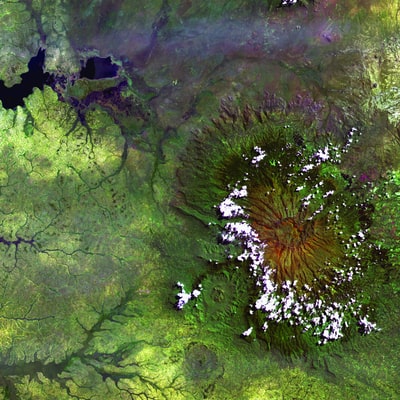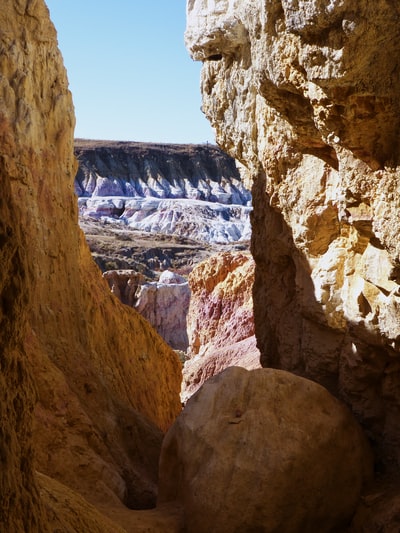Through weathering, erosion, transportation and deposition, glaciers and ice caps shape the land. Distinctive landforms result from different processes.
Glaciers are huge: often many kilometres across and hundreds of metres deep. Although they move very slowly (often just a few metres a year) they are so large that they physically shape the environment around them.
The ice caps of the last ice age were much larger, and were directly responsible for many of the landscapes we see around us, such as the deep valleys of the Scottish Highlands.
Glaciers move rock in a number of ways, not simply by bulldozing downhill. When melted water from a glacier freezes round a rock, when the glacier moves the rock is pulled along. This is known as ‘plucking‘. When rock that is stuck to the glacier scrapes against other rock, this is called ‘abrasion‘.
When the weight of rock is too great to be moved, the glacier sometimes moves over it, smearing it into the ground. When the glacier melts, what is left is known as the deposition.
‘Freeze-thaw weathering‘ takes place when cracks in rocks fill with water. When the water freezes, the ice expands, making the crack larger. This process repeats itself until the rock splits.
Glaciers transform the land in many different ways. Corries are formed when snow settles in a hollow in the mountain. As extra layers fall the snow at the bottom becomes ice. As it is pulled downhill by gravity it pulls rock with it, creating an armchair-shaped effect. Artes are the ridges which are formed between two neighbouring corries.
When several corries are formed around the sides of a mountain, they cut into the sides and leave behind a sharp horn or pyramidal peak. When a spur that has extended down into a valley has its lower section removed by a glacier, the formation that is left is known as a truncated spur.
Glacial troughs – also known as U-shaped valleys – are the main valley shape that a glacier forms when it pushes down between mountains. They are identified by the hanging valleys (steeper valleys above the main valley) and waterfalls, truncated spurs and ribbon lakes that are left behind.
When glaciers move over an area of alternate hard and soft bedrock, the softer rock is eroded more quickly by erosion, creating a hollow. When the glacier retreats and melts this fills with water to create a ribbon lake.
The amount of ice depends on something called the ‘glacial budget’.
Glaciers are gigantic rivers of ice that move very slowly towards the sea. When the climate becomes cooler, glaciers become bigger and join together (accumulation), as they did during the last ice age to form the ice caps. When it gets warmer, glaciers retreat (ablation). The ‘balance’ of ice in the glacier is known as the glacial budget.
Since around 1950, on average the amount of ice has shrunk and glaciers have retreated. Although there are always fluctuations because of seasonal change, many scientists believe this is a sign of global warming.


